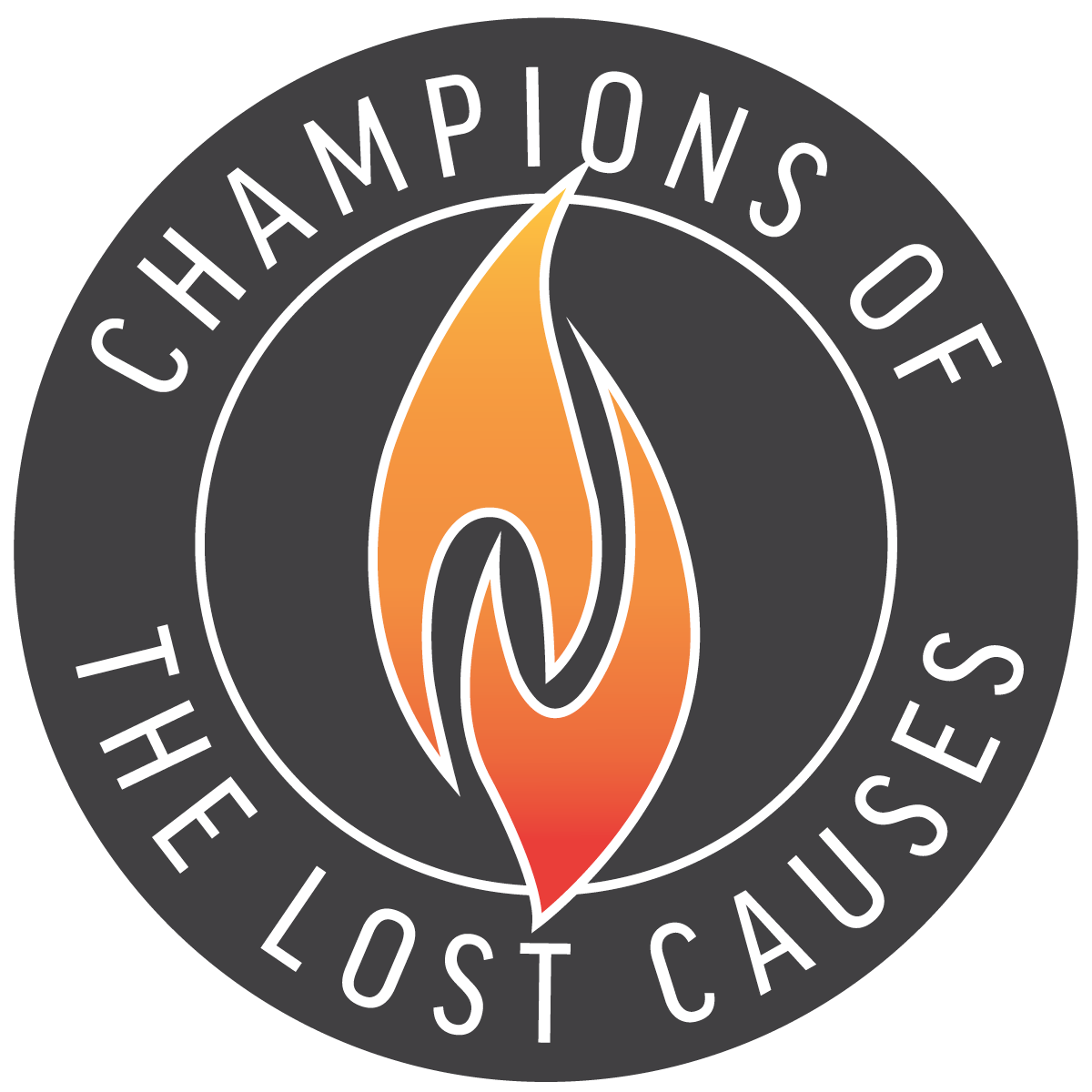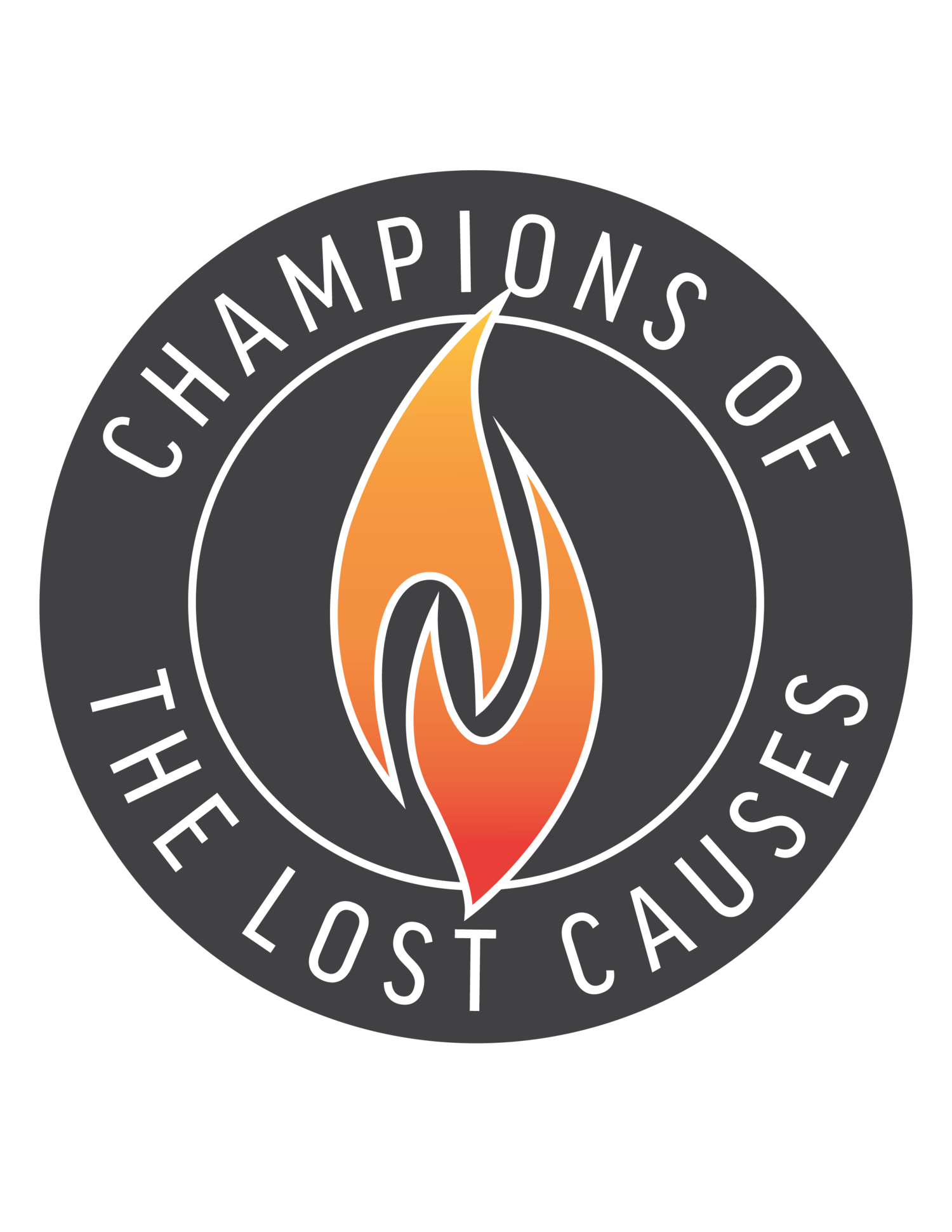Chapter 3: People pitch in as wave of goodwill emerges
With a board structure and bylaws in place, fundraising underway, and our first true test of our resolve behind us, we turned our attention to planning Roundhouse Revival. It had been more than a decade since any event had been held at the Coliseum. We wanted to be inside the building, but we learned early on in our planning that that would be a fight for another day.
Planning a day of music, wrestling and basketball at the venue famous for those things naturally played on the building's history. This presented us with a challenge. Leaning too heavily on history played into the hands of those who wanted to dismiss us as pure nostalgists. "Hey, I have memories, too, but that's not enough," they'd say.
People love to wag their finger and tell you you're wrong, and they don't have to back up what they say. To them, it's a quick, casual conversation. When you champion a cause, though, you have to back up your assertions. You have to prove it! But in early 2015, we hadn't done much research. It would be another year before Chooch and his team of architects and code experts would be allowed to spend three full days in the Coliseum to produce an assessment showing it was in great shape.
What we did have was our desire to do the assessment, and we used that as one of the strongest news hooks. If the City were going to tear down the great Mid-South Coliseum, surely a bit more due diligence from volunteers couldn't hurt, right? It was a compelling point, and since we'd made a decision early on to keep all of our public comments respectful and steer clear of any personal attacks, we came across as reasonable, respectful people who loved our city and wanted it to be its best.
We might not have been able to get in the building, but we found early on that the idea of getting in the building animated others. It was amazing how quickly public sentiment began to change. Very early on, people would look both ways to make sure no one was listening before saying "You know, I love the Coliseum. I mean, is that okay to say?" That's how countercultural it was early on, but all they needed was a group like us to say "Sure it's okay. We love the Coliseum, too! That's why the Coliseum Coalition has taken on this work. We want to see it reopened!"
People would light up!
"How can I help?" they'd ask. Putting together the Roundhouse Revival planning committee was easy. The hard part was organizing a group like that, but there was a lot of work to do, and we needed every last person to pull it off.
Marilyn and Roy took the lead on Roundhouse Revival planning while Mike and I worked the almost nonstop media cycle, and I worked most closely with Lipscomb. We were planning what we hoped would be a big public event in May, but at the same time, Lipscomb was arranging for the National Charrette Institute and Urban Land Institute panel to come to Memphis to weigh in on the future of the Coliseum and Fairgrounds. In our conversations, Lipscomb tried to get a handle on what we wanted, and I tried to figure out how best to engage with the NCI and ULI processes. Our fear was that it would be a sham process meant only to support the City's opinion. We knew we had to understand the process so we could make sure the throng of Coliseum supporters were at the table contributing their opinions. Even though Lipscomb was the opposition, and we were wary of his motives and tactics, our conversations were wide-ranging and interesting. We laughed and were generous in hearing the other one out. I learned to like Robert Lipscomb. Even if I thought he was wrong about the Coliseum, I understood why so many people said they liked him. This concerned the skeptics of our ranks, and they reminded me that he was cunning, sneaky and not to be trusted. Robert and I were playing a game, of sorts, each trying to get information and gain an advantage, but it was a friendly and respectful sparring.
Roundhouse Revival was conceived as a previtalizing day of music, wrestling and basketball. These were the core brands that made the Coliseum famous, but they were also a showcase for our current musicians and wrestlers. Both scenes were (and are) diverse and thriving. Hard to be labeled as nostalgists if you're showcasing up-and-comers, we thought. We booked a diverse roster of great acts… rock, rap, punk, R&B, soul, blues, a gospel choir, high school dance and cheering squads.
For wrestling, we relied on our friend James to vouch for us and put us in touch with the right people. James writes books about old-school Memphis wrestling; he wrote the authoritative biography on Dutch Mantell, Handsome Jimmy Valiant… you name it. The old-school Memphis wrestlers of the 70s and 80s were all friends with Mark, because he was their biographer, chronicler and most ardent fan.
If we wanted a big wrestling draw, we might as well shoot the moon, we thought. What if we could reunite the most famous tag team in Memphis wrestling history… Jerry "the King" Lawler and "Superstar" Bill Dundee? James said he would ask them. While we waited to hear back, we thought, "Who will they wrestle?" Not just anyone… but heels who hated the Coliseum! I mentioned this to my buddy Jeff. "You should call them the Coliseum Crushers!" he said. That was it! I told Mike, and he loved it!
Soon we heard back from James... Lawler and Dundee were in! They loved the Coliseum and wanted it reopened too. They appreciated our efforts and had been following it in the news. After all, the Coliseum was known as "the house the King built" and it had been the setting for some of the greatest moments of their lives.
In no time, we'd secured the Coliseum's greatest heroes, found our heels, and Mike was off to the races writing a script for promotional taunt videos. The Coliseum Crushers would waste no time laying down the gauntlet, and making their distaste for the Coliseum, Lawler, Dundee and the whole of Memphis abundantly clear. We had no idea yet who would wrestle as the Coliseum Crushers, and Mike needed to make the videos now! The Crushers would wear masks, we decided. That way, we could cast different people in the videos. Within a week, Mike was in Mississippi filming.
It's amazing what you can pull off when the stakes are high and your hearts are really in it. Stronger still when you find yourselves riding a wave of popular sentiment. We had tapped into the love people had for the Coliseum and the great moments in people's lives that happened there… not just the stars, but the diverse legion of fans, too. We'd hit a gusher of public sentiment and goodwill, and we were just trying to aim it as best we could.
Meanwhile, Marilyn and Roy had worked out the ancillary budget with the City and we had adjusted our spending a bit. Since we'd get the money on the back end, we'd rather be smart about it so we'd have a nestegg afterward, for whatever came next.
Just listening to the committee reports at our Roundhouse Revival meetings was dizzying… the sheer amount of work being done. There was a marketing committee doing grassroots leafleting in the surrounding neighborhoods, a security committee arranging for security guards, EMTs and the proper permits, a sponsorship committee somehow securing support despite the questions that came.
"Wait, I thought the Coliseum was closed, falling down and set for demolition!" We had a decade of false negative narratives to refute. The dollars still poured in. That's how powerful a sense of place connected to civic pride can be.
We were building the plane and the runway at the same time at breakneck speed, and there was no time to lose. We wanted a big public turnout before the NCI and ULI came to Memphis. We wanted to finally show people that we were not just a small group of middle-aged white guys pining for Van Halen in their prime. We knew in our hearts that all of Memphis loved the Coliseum, and we would prove it!

